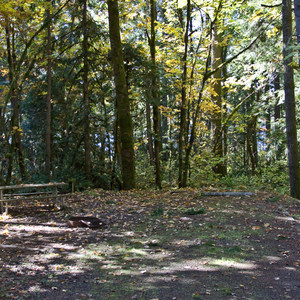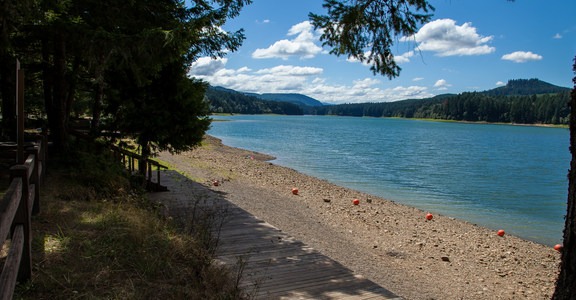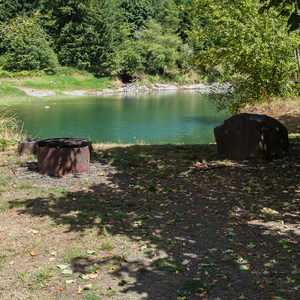The Middle Fork of the Willamette river does quite a lot of hydroelectric work before it joins the main stem, much of which is visible in the twin reservoirs near Lowell, Oregon. Dexter Reservoir sits below larger Lookout Reservoir, and at approximately 1,000 acres it is considerably smaller than its upriver counterpart. Given the superior access and the local communities of Lowell and Dexter, however, Dexter Reservoir receives the lion’s share of recreational traffic. Visitors to the reservoir can choose from Dexter State Recreation Site and Lowell State Recreation Site, both of which offer excellent boat access (Lowell may be a better choice for shore-based recreation on the reservoir).
The current iteration of the iconic Lowell Bridge dates to 1947, but there has been a bridge there since 1907. A traffic accident forced the reconstruction of the original, and as a result the one you see now was built as the widest covered bridge in the state. When the Army Corps of Engineers constructed Dexter Dam in the early 1950s, the reservoir’s rising water level left the bridge with a scant but sufficient 2-foot clearance. 1979 turned out to be a big year for the bridge: not only was it placed on the National Register of Historic Places, it was bypassed and decommissioned following yet another accident that damaged its structure.
Given its proximity to Eugene and access opportunities, Dexter Reservoir is a great option for a quick paddle or a workout. Like many reservoirs, however, Dexter does suffer from the scourge of blue-green algae, and visitors should always check conditions before getting on or in the water. For the uninitiated, blue-green algae are a cyanotoxin that can cause skin irritations through casual contact and serious health issues if ingested (purification and filtration is ineffective). This applies to all mammals, i.e. humans and dogs, and it also means that area drinking water should be avoided and that fish from the reservoir should not be consumed while an algae bloom is in effect. The blooms aren’t a permanent condition, however, and they tend to coincide with warmer weather and lower reservoir water levels. And it isn’t as if the water is radioactive; it is fine to get out on the water so long as you exercise a little caution.
































Comments
Sign In and share them.